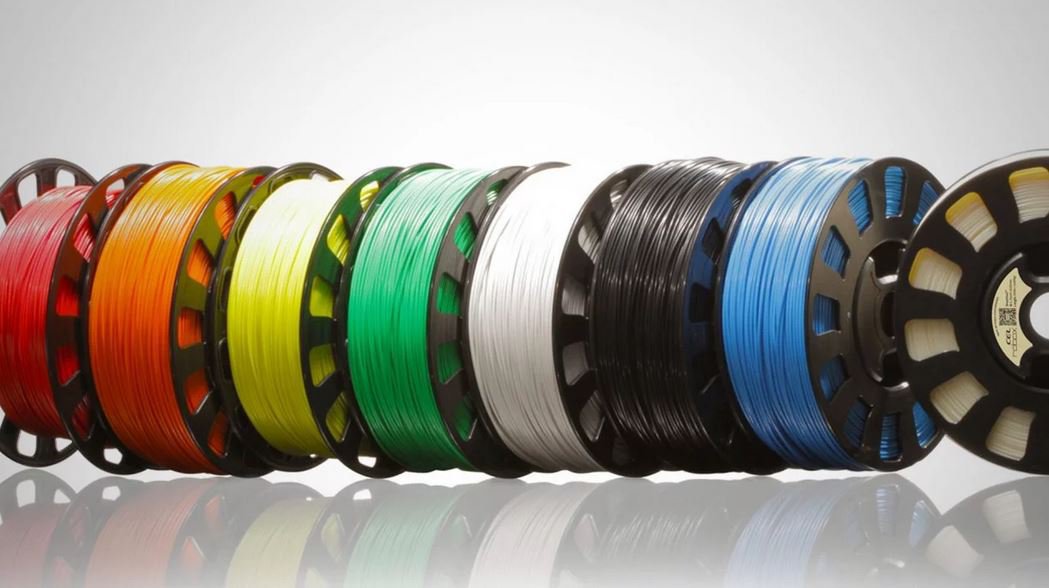In the rapidly evolving field of 3D printing, the choice of materials plays a crucial role in determining the quality, functionality, and versatility of the printed objects. From plastics to metals, ceramics to composites, the range of materials available for 3D printing continues to expand, offering exciting possibilities for various industries. In this article, we will delve into the world of 3D printing materials, exploring their characteristics, applications, and the latest advancements in the field.
- Plastics:
Plastics are the most commonly used materials in 3D printing due to their affordability, versatility, and ease of use. Polylactic Acid (PLA) and Acrylonitrile Butadiene Styrene (ABS) are popular choices, known for their strength, durability, and wide color options. PLA is biodegradable and derived from renewable resources, making it environmentally friendly. ABS, on the other hand, offers better impact resistance and is suitable for functional prototypes and end-use parts. - Metals:
Metal 3D printing has revolutionized industries such as aerospace, automotive, and healthcare. Materials like titanium, stainless steel, aluminum, and cobalt-chrome alloys are commonly used for metal additive manufacturing. These materials offer excellent mechanical properties, high heat resistance, and corrosion resistance. Metal 3D printing enables the production of complex geometries and customized parts that were previously unattainable through traditional manufacturing methods. - Ceramics:
Ceramic materials have gained significant attention in recent years for their unique properties and applications. Ceramic 3D printing allows for the creation of intricate designs, high-temperature resistance, and excellent electrical insulation. Materials such as alumina, zirconia, and porcelain are used in various industries, including electronics, aerospace, and biomedical. Ceramic 3D printing opens up possibilities for advanced applications like dental implants, customized prosthetics, and intricate electronic components. - Composites:
Composites combine the advantages of different materials, resulting in enhanced mechanical properties and performance. Carbon fiber-reinforced polymers (CFRP), glass fiber-reinforced polymers (GFRP), and metal matrix composites (MMC) are commonly used in 3D printing. These materials offer high strength-to-weight ratios, improved stiffness, and resistance to wear and corrosion. Composites find applications in industries such as automotive, sports equipment, and aerospace, where lightweight and durable components are essential. - Bioinks and Biomaterials:
The field of bioprinting has emerged as a promising area, enabling the fabrication of living tissues and organs. Bioinks, composed of living cells and biomaterials, are used to create complex structures layer by layer. Materials like hydrogels, alginate, and collagen are commonly used in bioprinting. These materials provide a suitable environment for cell growth, allowing the creation of functional tissues for research, drug testing, and potentially, organ transplantation.
Conclusion:
The world of 3D printing materials is vast and continuously expanding, offering a wide range of options for various industries. From plastics to metals, ceramics to composites, and even bioinks, each material brings unique properties and applications to the table. As technology advances, we can expect further innovations in 3D printing materials, enabling the creation of complex, functional, and customized objects that were once unimaginable. Embracing these materials opens up endless possibilities for design, manufacturing, and problem-solving across numerous fields.

